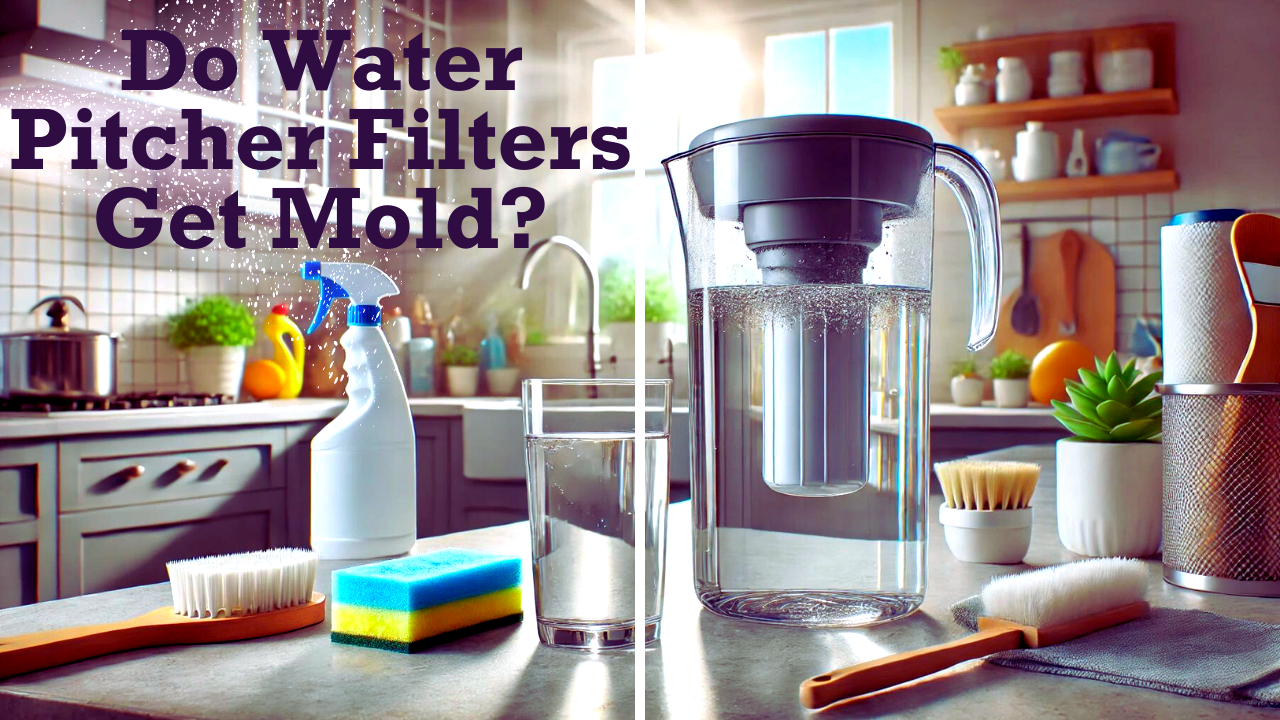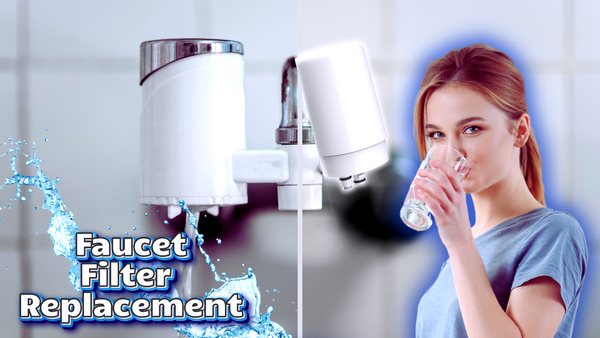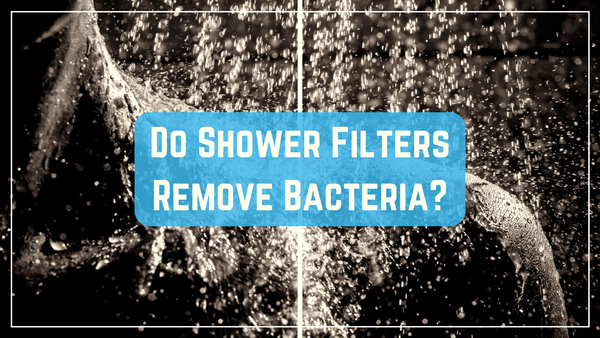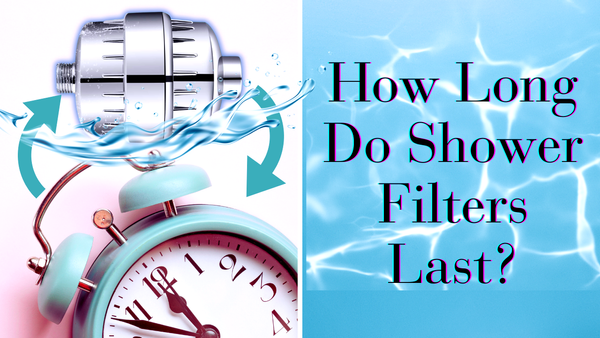Key Takeaways:
- Water pitcher filters can indeed get mold if not properly maintained.
- Regular cleaning and proper storage are essential to prevent mold growth.
- Using diluted bleach solutions and other cleaning methods can help keep your water pitcher mold-free.
Essential Tips for Safe Drinking Water Pitcher Filters
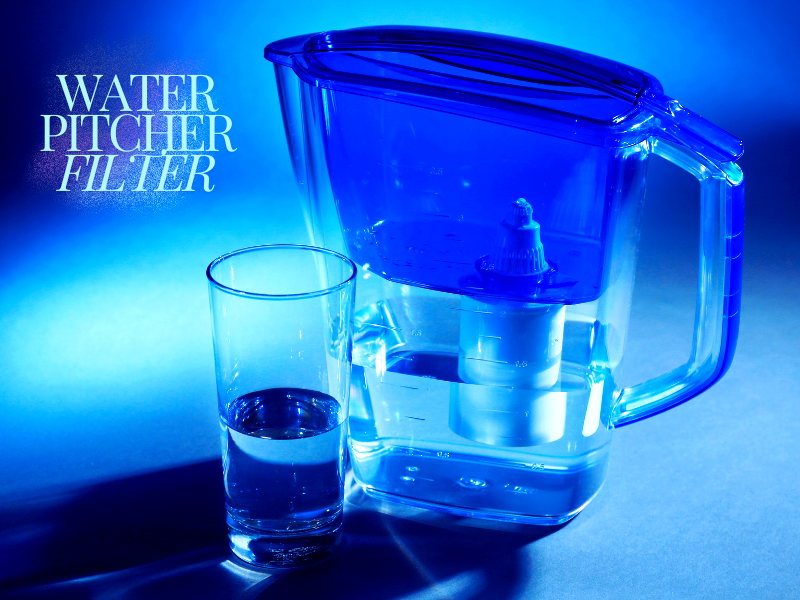
Water pitcher filters are popular for many households seeking clean drinking water. However, these filters can become a breeding ground for mold if not properly cared for. Tap water can contain contaminants that contribute to mold growth if the pitcher is not properly maintained. Mold spores thrive in moist environments, and the pitcher's water creates an ideal mold growth setting.
Mold-in-water pitcher filters can pose health risks, contaminating the filtered water with harmful bacteria and other impurities. It is crucial to understand how mold develops in these filters and what steps can be taken to prevent it.
Why Mold Grows in Water Pitcher Filters
Mold growth in water pitcher filters is primarily due to the moist environment within the filter cartridge and reservoir. When water is left standing in the pitcher for extended periods, it creates a perfect habitat for mold spores to flourish. Additionally, the organic materials in the filter, such as activated carbon, can provide nutrients for mold. Like other water pitchers, Brita pitchers require regular cleaning to prevent mold growth.
Another factor contributing to mold growth is the lack of regular cleaning. If the pitcher and filter are not cleaned frequently, mold spores can accumulate and multiply. This is why it’s essential to establish a routine for cleaning and maintaining your water pitcher filter.
Signs of Mold in Your Water Pitcher Filter
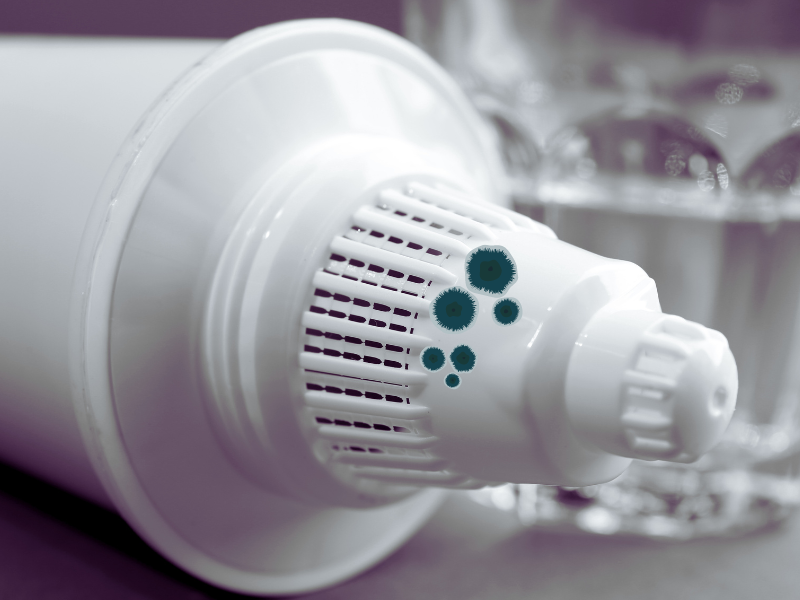
A musty or earthy smell is one of the first signs of mold in your water pitcher filter. This odor indicates the presence of mold spores and should not be ignored. Additionally, you may notice visible mold growth on the filter cartridge, pitcher lid, or reservoir. If you observe any discoloration or slimy residue in your water pitcher, it indicates that mold is present. It's important to immediately clean and disinfect the pitcher in such cases to ensure safe drinking water.
Preventing Mold in Water Pitcher Filters
To prevent mold growth in your water pitcher filter, it's essential to follow a few simple steps. First, always air dry the pitcher and filter components after washing them. This helps to eliminate any residual moisture that could promote mold growth. Regularly replacing the filter cartridge is another crucial step. Over time, the filter can become clogged with contaminants, reducing its effectiveness and increasing the risk of mold. Follow the manufacturer's recommendations for filter replacement to ensure optimal performance.
How to Safely Clean Your Water Pitcher Filter
Cleaning your water pitcher filter regularly is crucial in preventing mold. Start by disassembling the pitcher and removing the filter cartridge. Wash the pitcher, lid, and reservoir with warm water and mild detergent. Use a soft sponge to scrub away any residue or buildup.
Soak the pitcher components in a diluted bleach solution for a deeper clean. Mix one teaspoon of bleach with one gallon of water and let the parts soak for about 30 minutes. Rinse thoroughly with hot water to remove any bleach residue before reassembling the pitcher.
Using Vinegar for Water Pitcher Maintenance
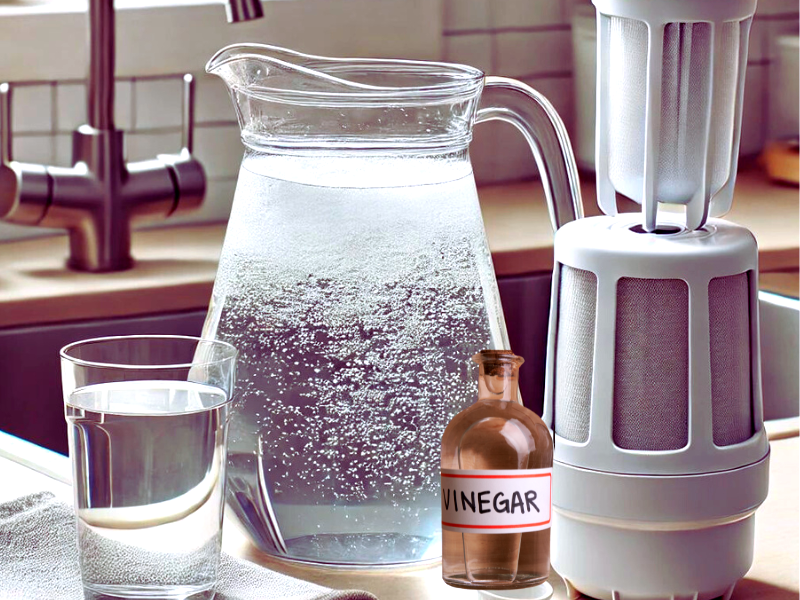
White vinegar is another effective cleaning agent for water pitcher filters. Its acidic properties help to break down mold and other contaminants. To clean your pitcher with vinegar, fill the reservoir with equal parts white vinegar and water. Let it sit for 30 minutes, then rinse thoroughly with warm water.
Vinegar can also be used to clean the filter cartridge. Soak the cartridge in vinegar and water for about 15 minutes, then rinse well with warm water. This helps remove any mold spores and keeps the filter functioning correctly.
Storing Your Water Pitcher Filter
Proper storage of your water pitcher filter is essential to prevent mold growth. Always store the pitcher in a cool, dry place, away from direct sunlight. Sunlight can promote the growth of algae and bacteria, which can contribute to mold development.
If you store your pitcher in the fridge, ensure it's not placed near any strong-smelling foods, as the filter can absorb odors. Additionally, ensure that the pitcher is completely dry before storing it to prevent any residual moisture from promoting mold growth.
The Role of Activated Carbon in Water Filters
Activated carbon is a common component in water pitcher filters, and it is known for its ability to remove impurities and contaminants. However, it can also provide a breeding ground for mold if not properly maintained. Regular cleaning and filter replacement are essential to prevent mold growth in filters containing activated carbon.
Activated carbon works by trapping contaminants in its porous structure, but over time, these pores can become clogged. This reduces the filter's effectiveness and increases the risk of mold. By following a regular maintenance routine, you can ensure that your filter provides clean, safe drinking water.
The Importance of Regular Cleaning
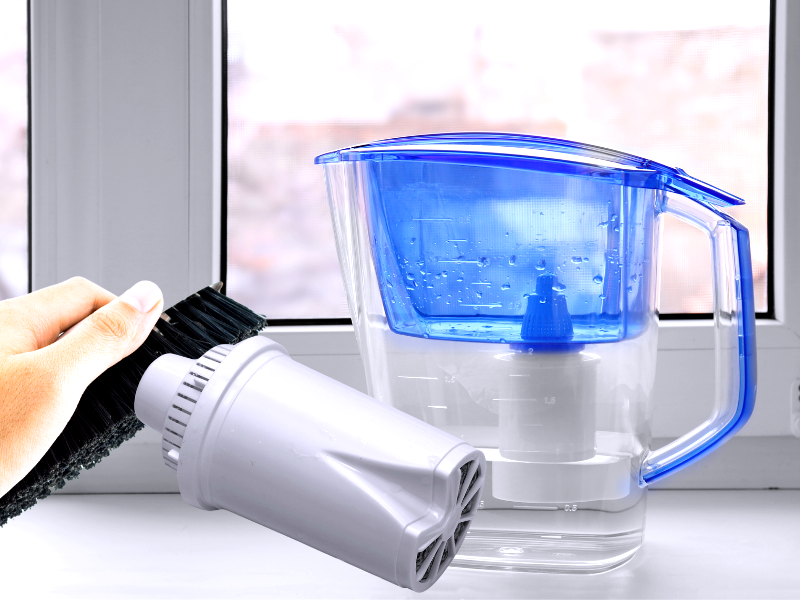
Regular cleaning of your water pitcher filter is crucial to maintaining its effectiveness and preventing mold growth. Establish a routine for cleaning the pitcher, lid, reservoir, and filter cartridge. This helps to remove any accumulated contaminants and mold spores, ensuring that your water remains safe to drink.
In addition to regular cleaning, it's important to inspect the filter and pitcher components for any signs of wear or damage. Replace any parts that show signs of deterioration to maintain the filter's performance and prevent mold growth.
Using Bleach to Disinfect Your Water Pitcher Filter
Bleach is a powerful disinfectant that can effectively kill mold spores and other bacteria. To disinfect your water pitcher filter with bleach, mix one teaspoon of bleach with one gallon of water. Soak the pitcher components in this solution for about 30 minutes, then rinse thoroughly with hot water.
It's important to use bleach sparingly and ensure that all bleach residue is removed before reassembling the pitcher. This helps to prevent any potential health risks associated with bleach exposure while ensuring that your water pitcher remains mold-free.
The Benefits of Regular Filter Replacement
Regularly replacing your water pitcher filter is essential to maintaining its effectiveness and preventing mold growth. Over time, filters can become clogged with contaminants, reducing their ability to remove impurities from the water. Follow the manufacturer's recommendations for filter replacement to ensure optimal performance.
Replacing the filter regularly also helps to prevent the buildup of mold and other bacteria. A fresh filter ensures that your water remains clean and safe to drink, providing peace of mind for you and your family.
Safe Drinking Water with Proper Maintenance
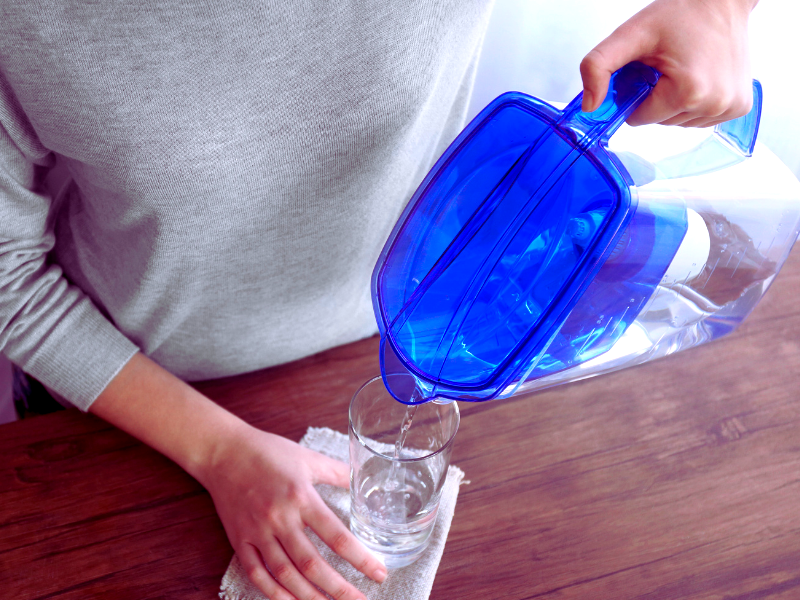
Proper maintenance of your water pitcher filter is key to ensuring safe drinking water. By following a regular cleaning routine, replacing the filter as recommended, and storing the pitcher correctly, you can prevent mold growth and ensure that your water remains free of contaminants.
Taking these steps not only helps to maintain the filter's performance but also protects your health by preventing the growth of harmful mold and bacteria. With proper care, your water pitcher filter can continue to provide clean, safe drinking water for years to come.
Summary
Water pitcher filters can develop mold if not properly maintained, as mold spores thrive in moist environments. Regular cleaning and proper storage are essential for keeping your filter mold-free. To clean their pitchers, buyers should use diluted bleach solutions, white vinegar, or mild detergents. Regularly replacing the filter cartridge and ensuring the pitcher is completely dry before storage are also crucial steps. By following these guidelines, you can ensure that your water pitcher filter provides clean, safe drinking water, making it a reliable choice for your home.
FAQ
How often should I clean my water pitcher filter?
It's recommended to clean your water pitcher filter at least once a week. Regular cleaning helps to remove any accumulated contaminants and prevent mold growth.
Can I use dish soap to clean my water pitcher filter?
Yes, you can use mild dish soap and a soft sponge to clean your water pitcher filter. Make sure to rinse thoroughly with warm water to remove any soap residue.
How do I know when to replace my water pitcher filter?
Follow the manufacturer's recommendations for filter replacement, typically every 2-3 months. Signs that your filter needs replacing include a decrease in water flow and a change in the taste or odor of the filtered water.
